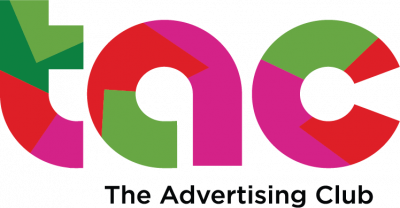Dentsu India has introduced Dentsu ContactPoint Management, a global proprietary planning tool, in India.
The tool enables advertisers to choose appropriate contact points to reach out to their consumers and hence enhance the consumer’s understanding of the advertiser’s communication. It also helps to evaluate the efficacy of various contact points chosen by the brands.
The tool, which had been introduced in Japan in 2001, has been used across countries in the APAC region including China, Japan and Indonesia.
Sanjoy Chakraborty, COO, Dentsu Media, said, “The tool helps to identify the most effective and relevant contact point and hence helps the client to select a better media plan.” There are 36 effective contact points through which a brand can reach out to the consumer.
As far as the Indian market is concerned, Dentsu has conducted a comprehensive study across 31 cities (metros and smaller towns) in India. This study involved 12,000 respondents from SEC A, B and C. The study was for 12 product categories such as laptops, television, mobile, cameras, watches, apparel, banking, travel, automobile, airlines, insurance and mutual funds and service providers.
The profile of the respondents varied according to categories. For example, for the automobile sector, the respondents were about 25, while for mutual funds, the respondents were mostly males aged above 30 years.
The tool was used to figure out the most effective contact points for an airline brand. It started by the airline brand evaluating its communication message to be used in its campaign (product benefit, functional benefit or emotional benefit).
For this airline brand, ‘convenient to book’ was the feature that stood out amongst all its features. So the ideal contact points were billboards/hoardings and word of mouth, along with mass ads and public relation exercises.
The next step was to define the campaign goal. In this case, the campaign goals were to be seen, to get consumers interested, get them to consider the brand as a choice and get them to buy. So, mass media could be used to get the brand noticed, while the Internet could be used post awareness and get the consumer interested in the brand.
Product integration through pole kiosks, bus shelters and magazine ads could be used so that people start considering the brand while making a choice. Product association columns in magazines and TV commercials on screens in malls could be used to create the brand image and push the consumers to purchase the product.
